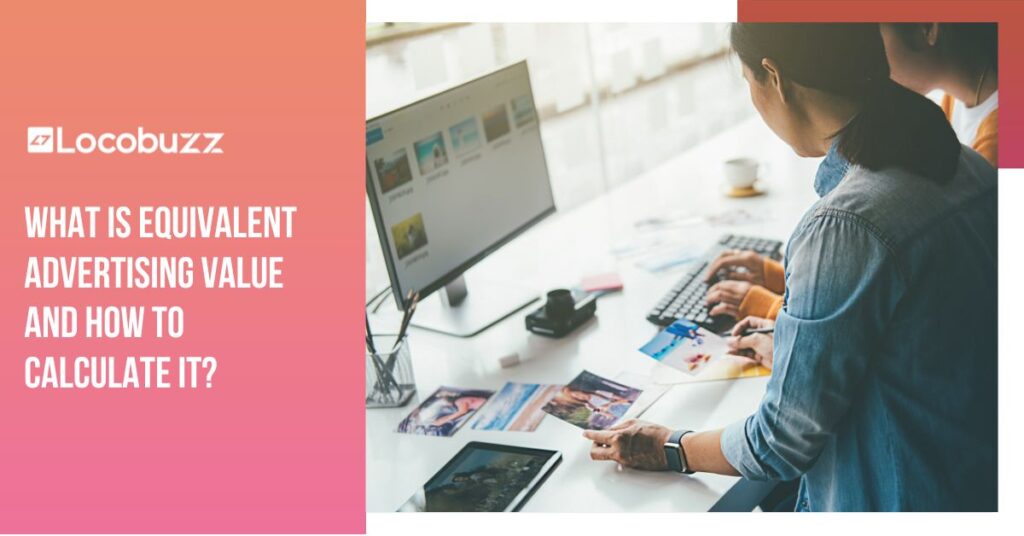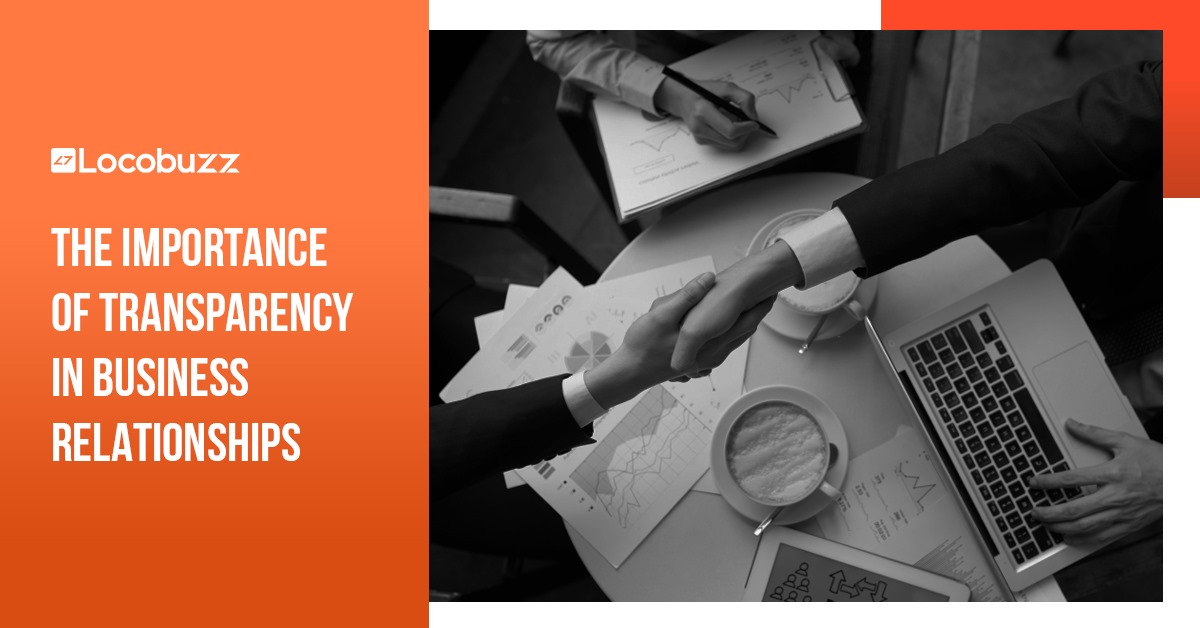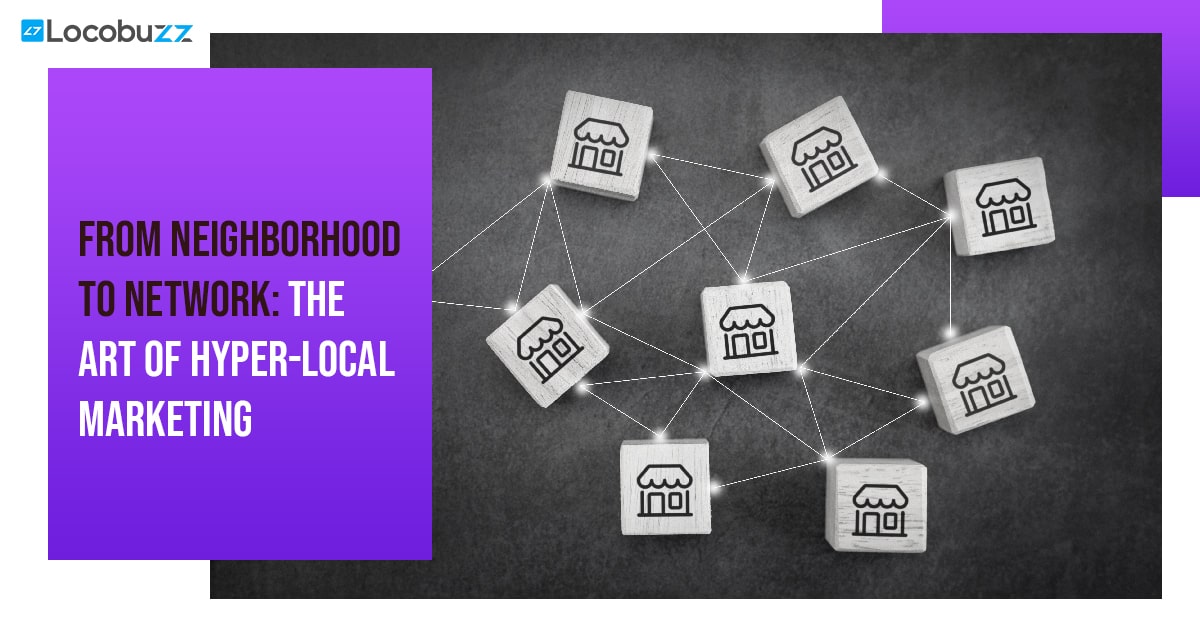What Is Equivalent Advertising Value and How To Calculate It?

Have you ever wondered about the real value of the google reviews, social media buzz, or news mentions about a brand or a product? We see them from time to time, but what is their actual worth in rupees?
That’s where Equivalent Advertising Value comes in. It basically tells you the real worth of all the organic attention and also what it would cost to get the same exposure through paid advertising. It is often calculated based on factors such as the earned media coverage, the size of the audience reached, the placement settings, and the rates charged.
It is the secret weapon for successful brands. But what is Equivalent Advertising value and How to calculate it? Let’s find out with this blog.
What is Equivalent Advertising Value?
Equivalent Advertising Value (EAV) is a straightforward metric used in marketing and public relations to measure the value of earned media coverage in both monetary and quantitative terms.
Earned media is the organic promotion of your website, which doesn’t account for paid methods, and instead includes organic promotion methods like word-of-mouth, social media sharing, news coverage, reviews, mentions by influencers, and other forms of organic promotions.
Put simply, the Equivalent Advertising Value quantifies the worth of exposure gained through the medium of news articles, social media mentions, reviews, or TV appearances in money’s worth by estimating the cost required to achieve similar visibility through paid advertising. EAV offers a tangible value for the brand exposure acquired through earned media in monetary terms. And this monetary data in turn, helps brands and businesses in evaluating the impact of their PR efforts and adjusting the campaign strategies accordingly.
Let’s understand the EAV concept with an example:
Your company gets a 10-inch long feature article in a magazine with an advertising rate of $100 per inch.
Using the basic AVE formula: AVE = Space (inches) x Advertising Rate = 10 x ₹100 = ₹1000
However, PR professionals acknowledge that earned media often carries more weight than paid advertising due to its perceived credibility. To account for this, multipliers ranging from 2x to 12x are often applied to the base AVE value.
What Counts as Earned Media?
Equivalent advertising value makes use of the earned media coverage to calculate the estimated monetary worth. We know that earned media is the exposure gained through organic means, rather than paid advertising. But what makes up the earned media? Let’s learn:
1. News Coverage: News coverage includes any articles or mentions of your brand or product in newspapers, magazines, online publications, or news broadcasts.
2. Social Media Mentions: Social media mentions are the positive mentions, shares, or interactions about your brand on social media platforms such as Facebook, Twitter, Instagram, LinkedIn, etc., from users or influencers.
3. Reviews and Recommendations: Positive reviews or recommendations of your products or services on review websites, forums, blogs, or by word-of-mouth is form of earned media.
4. Influencer Endorsements: When influencers or industry experts endorse or mention your brand or product to their followers or audience, it increases your brand visibility and traffic.
5. Editorial Content: Any editorial content or features about your brand or product, including interviews, profiles, or guest contributions in relevant publications.
6. User-Generated Content: Content created by users or customers about your brand, such as testimonials, user-generated videos, or images shared on social media.
7. Event Coverage: Coverage of events hosted or sponsored by your brand, including trade shows, product launches, community events, etc., by media outlets or attendees also count as earned media.
Why Equivalent Advertising Value Matters?
Equivalent Advertising Value (EAV) is more than just a number—it quantifies your earned media coverage value and gathers analytics, which in turn, helps with a brand’s visibility and reputation. EAV also helps in measuring the return on investment (ROI) of the campaigns & strategies, comparing the effectiveness of different marketing channels, building credibility, making data-driven decisions, and maximising the impact of your marketing and PR strategies.
Let’s understand this through an example. For instance, a small startup that specialises in eco-friendly household products receives a mention in a popular lifestyle magazine. While the mention may seem like a small win, calculating the EAV will reveal the exposure’s true worth in terms of advertising space. Based on which, you can decide upon your further marketing strategies.
How to Calculate Equivalent Advertising Value?
If you’ve been under the impression that calculating Equivalent Advertising Value was tough and a job for experts, think again. While experts may provide a more accurate estimate, here’s how you can do it by yourself:
Step 1: Identify Earned Media Coverage
Identify earned media coverage and its placement that your brand has received within a specific time frame. This could include news articles, social media mentions, reviews, influencer endorsements, etc.
Step 2: Determine the Reach and Audience
Next, determine the reach and audience size of each earned media coverage. You can do this by analysing your website’s traffic, social media followers, circulation numbers for print publications, or audience demographics provided by media outlets.
Step 3: Research Advertising Rates
This can be the most time-consuming step. You’ll need to obtain advertising rate cards from the media outlets where your coverage appeared. These rate cards typically specify the cost of advertising space or airtime based on factors like size, placement, and target audience.
Step 4: Calculate the EAV
Multiply the advertising rate (the cost of advertising space or time) by the number of units of space or time obtained through earned media coverage. This gives you the Ad Value.
Ad Value=Advertising Rate×Units of Space/Time
Step 5: Interpret and Use the Equivalent Advertising Value Data (EAV)
After you have your EAV data in your hands, aggregate it and analyse it to understand the impact of your PR and marketing efforts. Compare EAV across different channels, track changes over time, and use the data to modify your strategies and budget allocations.

Challenges of Using Equivalent Advertising Value
While Equivalent Advertising Value (EAV) is a useful metric for your brand, it also comes with certain disadvantages. For instance, AMEC, an American media research body, states that AVE’s (Advertising Value Equivalent) are invalid and even put up a campaign called ‘Say No to AVE’s’ against it.
EAV not only lacks context but also measures only quantitative factors, failing to count in and consider qualitative factors like tone or relevance of coverage. It doesn’t capture audience engagement, and doesn’t consider how many people actually saw or engaged with the earned media coverage.
It also simplifies the impact of earned media to a single monetary value, which often overlooks other important benefits like credibility or brand trust.
Understand important advertising metrics with Locobuzz at ease!
Alternatives to Equivalent Advertising Value
While Equivalent Advertising Value is the home to a number of benefits, it can also present challenges that may be difficult for your brand to overcome. EAV might sometimes be ineffective, inaccurate, or limited in scope. And in such cases, EAV alternatives become necessary.
Let’s take a look at some of the Equivalent Advertising Value alternatives:
Sentiment Analysis:
Sentiment analysis helps you assess the sentiment surrounding your brand or product in the earned media mentions. You can then analyse whether the coverage is positive, negative, or neutral to gauge its impact on your brand’s reputation.
Engagement Metrics:
Audience’s engagement with your brand is an important part of your brand’s earned media coverage. Focus on metrics such as likes, shares, comments, and retweets to evaluate audience engagement with earned media content. High levels of engagement indicate active interest and interaction with your brand.
Brand Mentions:
Track the frequency and context of brand mentions across various channels to understand your brand’s presence in the media landscape. Identify key themes, topics, and influencers driving conversations about your brand, and then implement them in your strategies.
Return on Investment (ROI) Analysis:
Calculate the return on investment (ROI) of your PR and marketing efforts by comparing the cost of acquiring earned media coverage to the tangible benefits generated, such as increased sales, brand awareness, or customer loyalty.
Marketing Attribution Models:
These models allocate credit for conversions across different marketing touchpoints, and provide a more comprehensive view of how PR efforts contribute to the customer journey.
Implementing EAV in your Marketing Strategy
Incorporating EAV into your marketing strategy can help you gain valuable insights and track your customers better.
But after you acquire your EAV data, how can you implement it in your marketing strategy?
Here’s how:
Set Clear Goals:
Decide what you want to achieve with your marketing and PR efforts. EAV can help measure how well you’re doing.
Track & Measure:
Monitor every instance of your brand’s earned media coverage across different channels and use analytics to measure the reach, audience engagement, and sentiment associated with each mention.
Calculate EAV Consistently:
Always use a standardised method for calculating EAV across all earned media channels. And maintain consistency in factors such as advertising rates, placement settings, and audience reach metrics.
Analyse and Interpret Data
Regularly analyse your EAV data to identify trends, patterns, and areas of improvement. Compare EAV across different campaigns, channels, and time periods to evaluate effectiveness and ROI.
Integrate with Marketing Strategies:
Use your EAV analysis data to optimise your marketing and PR strategies. Combine the data with other metrics such as conversion rates, brand sentiment, and customer lifetime value for the best results.
Calculating Advertising metrics with Locobuzz
If you do not have the resources to calculate the Equivalent Advertising, and are looking for professionals to help you estimate it, we have just the right tool for you.
Locobuzz is an all-in-one social listening and analytics platform that provides comprehensive insights into your brand’s online presence. From monitoring social media mentions to analysing sentiment and measuring reach, Locobuzz offers valuable data to help you get good media coverage, analyse your business’s current performance, identify areas of weakness, and accordingly modify strategies.
How Locobuzz works
Social listening: Locobuzz does more than just monitor your hashtags, it takes care of all your online and social media mentions and listing. You can track mentions of your brand, check out industry trends, and keep an eye on what your competitors are up to, all in one spot.
Identifying Earned Media: With Locobuzz, you can easily identify earned media coverage, which means any positive mentions of your brand by journalists, influencers, or other users that are organic in nature and you don’t have to pay for them.
Maximising Earned Media Impact: Once you’ve identified the earned media coverage, Locobuzz helps you analyse, interpret, and make the most of it.
Conclusion
It’s important for a brand to know how valuable its media coverage is. While it’s good to understand if reviews are positive or negative, knowing their monetary value adds more insight. Equivalent Advertising Value (EAV) does just that—it helps measure the worth of earned media coverage in money and numbers.
You can calculate EAV yourself using the method explained in this blog or use tools for it. But remember, EAV has its limits—it may not cover everything accurately and isn’t officially recognized by some agencies.
However, it’s not all bad. You can combine EAV with other tools like sentiment analysis and conversion rates for better results. By using these together, brands can understand their media impact better and make smarter decisions to improve their reputation and visibility.






















